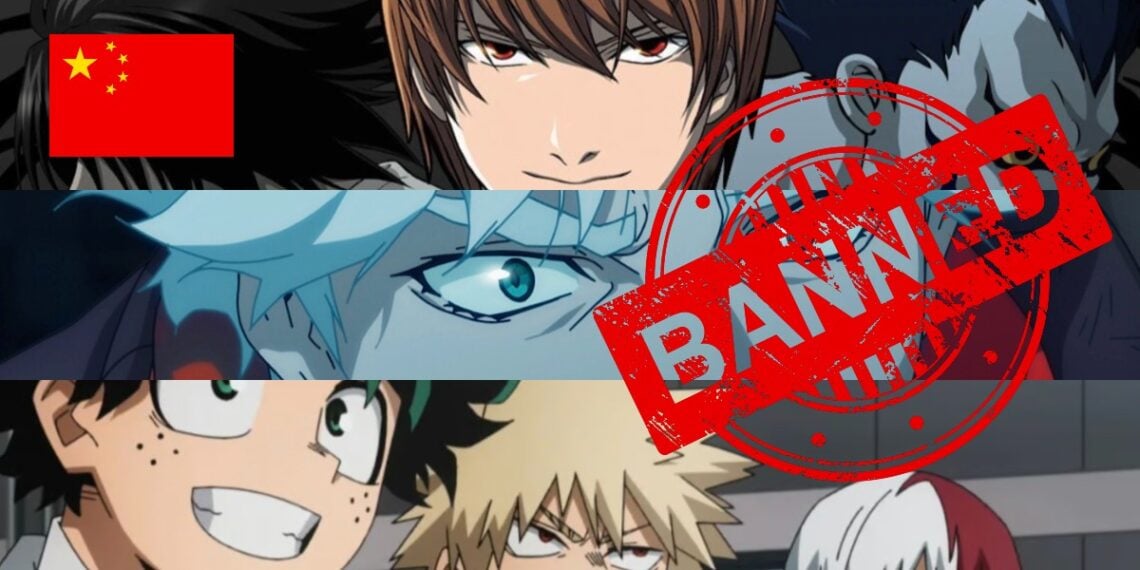China’s animation restrictions reflect complex cultural and political undercurrents. Some argue it represents an effort to curb outside influence and maintain cultural purity. However, fans worldwide feel baffled, seeing anime as artistry rather than strictly Japanese propaganda.
Speculation abounds regarding the impetus. Is it driven by economic protectionism, shielding domestic studios? Perhaps ties to broader authoritarian morality campaigns? Either way, it elicits cries of censorship from global otaku.
However, judgments require nuance. The one-party state utilizes control to ensure stability and national unity.
Furthermore, government policies hold significant public backing. Though heavy-handed, goals involve shaping cultural standards, not wholesale repression.
Ultimately, myriad factors undergird China’s animation policies, spanning history, politics, and values.
Viewing this landscape demands setting aside assumptions and appreciating divergent worldviews. While consensus remains elusive, thoughtful dialogue allows stakeholders to find common ground.
China’s restrictions on anime stem from complex sociopolitical roots. The one-party state emphasizes unity and stability, wielding media control to shape cultural standards.
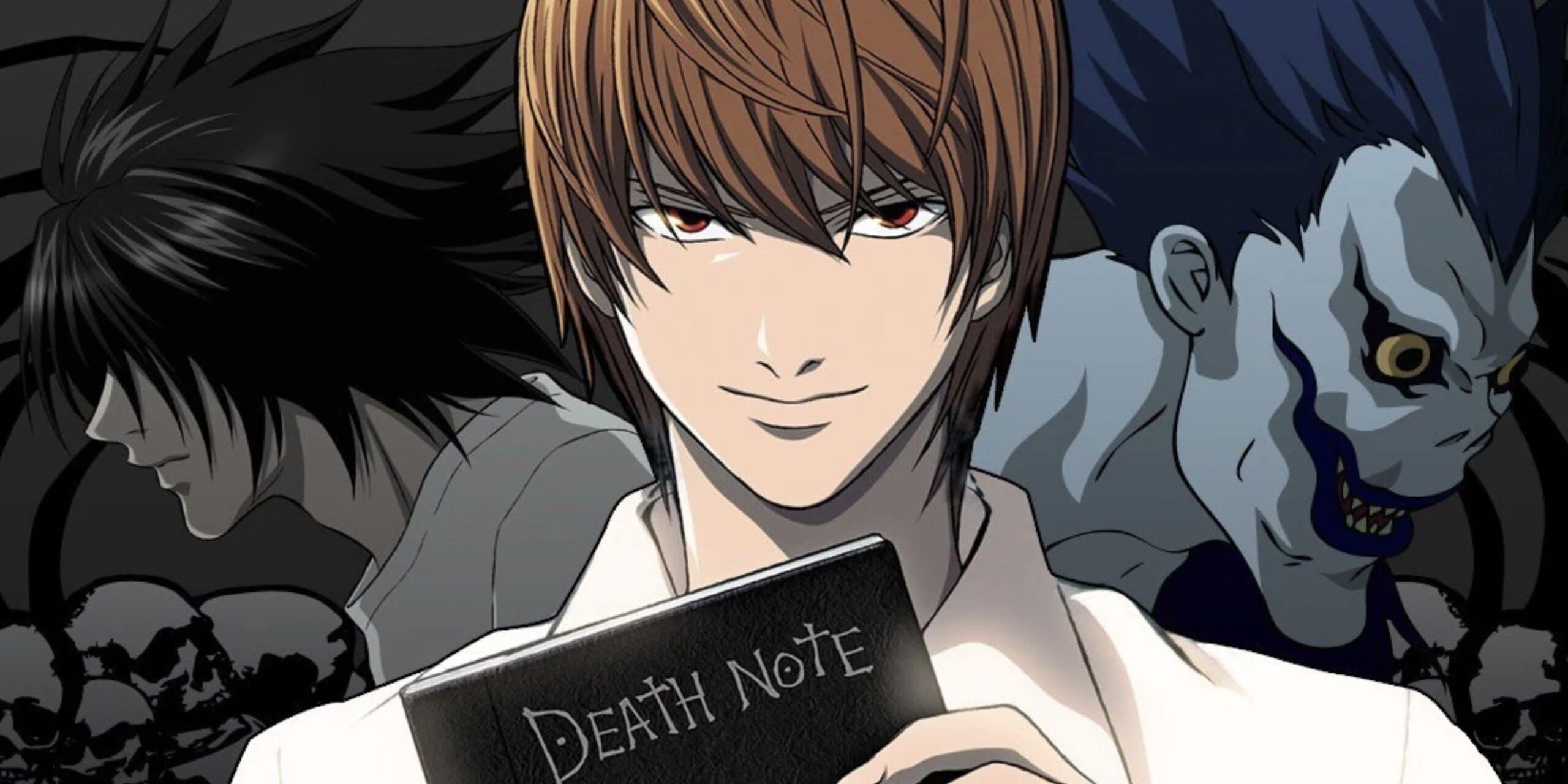
Anime receives scrutiny as foreign media that could undermine national ideology or ethics.
Speculation flourishes regarding the state’s motives. Some highlight economic protectionism, and others note authoritarian morality campaigns.
But for Chinese leadership, curating media safeguards the social fabric. Though heavy-handed, the goal is not blanket repression but forging a national identity.
Global fans cry foul, seeing an art form, not a political threat. But judgments require nuance, setting aside assumptions to appreciate China’s divergent worldview.
The people concur restrictions uphold societal well-being. Despite the outcry, they limit personal freedoms.
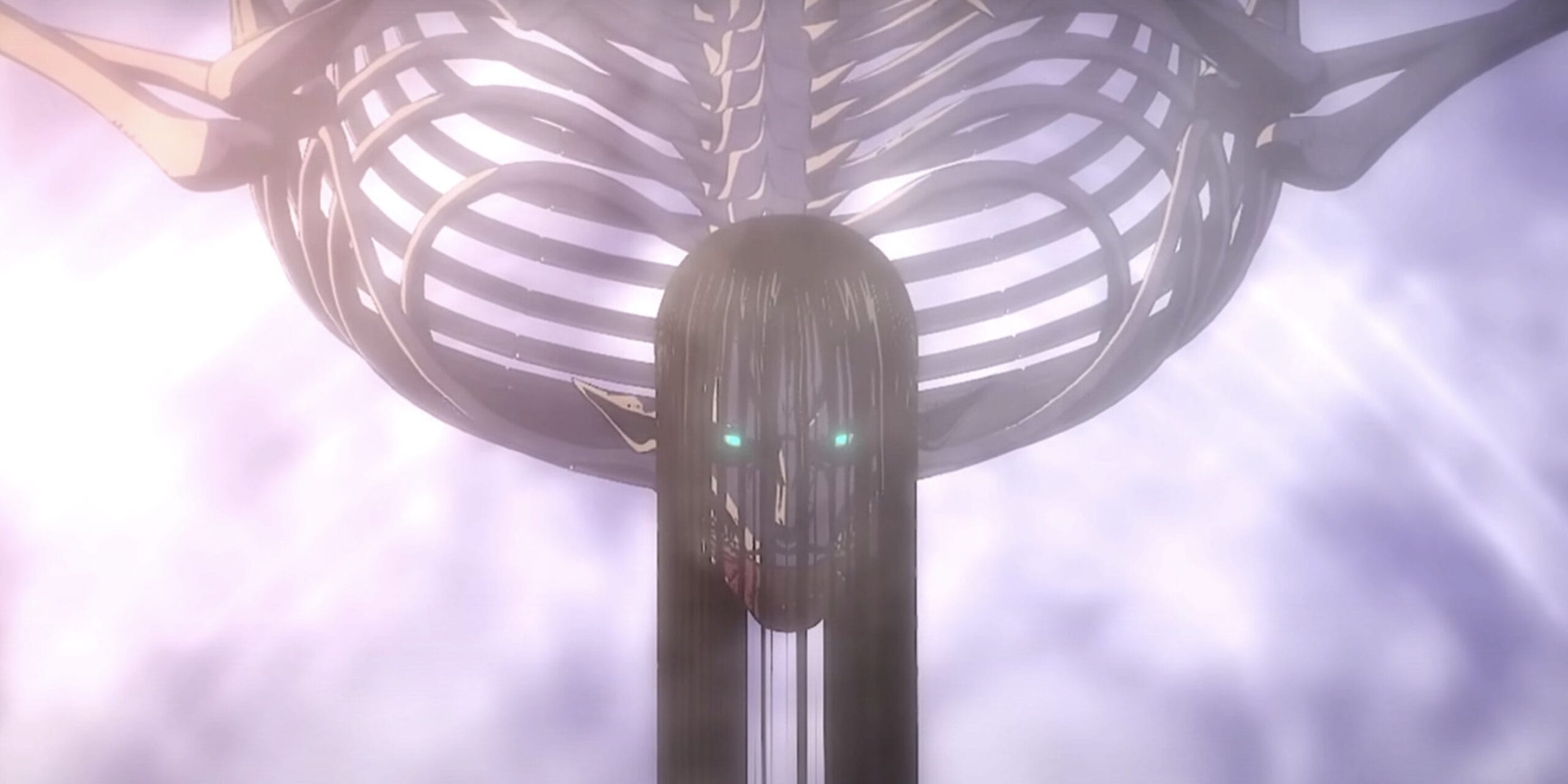
Reconciliation remains doubtful with clashing perspectives on state authority versus creative liberties.
Yet thoughtful dialogue opens doors, narrowing divides. Stakeholders may find common ground through intercultural exchange and cooperation, not condemnation.
China Is Continuously Banning Anime Shows, Here Is Why
Here are the top three reasons why China is banning anime shows in the country.
China Is Trying To Preserve Its Cultural Heritage By Banning Anime
China’s ancestral heritage holds hallowed status, the bedrock of society. Thus, authorities use the media to safeguard traditions from foreign influence.
Anime attracts censure with avant-garde themes that flout conservative mores. Seen as an infectious Japanese import, it risks swaying China’s cultural compass.
The state walks a tightrope, balancing openness and ideological control. To higher-ups, clampdowns Reflect prudent shielding of society’s moral fiber, not suppression of expression.
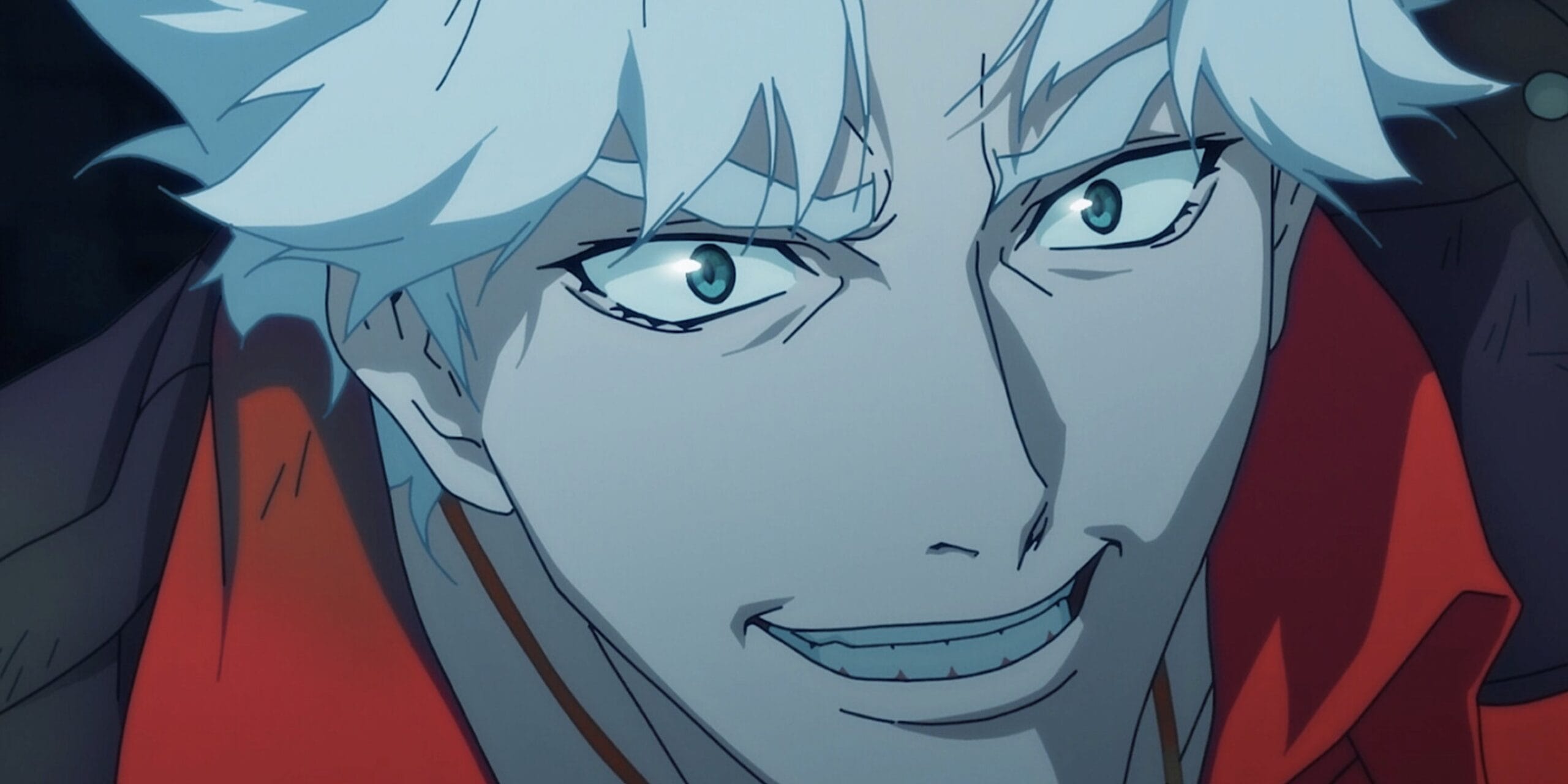
They have citizens’ blessing, and many concurring outlandish entertainments corrode values.
However, fans worldwide cry havoc over losing beloved media, decrying the move as censorship.
Such judgments lack nuance, overlooking complex forces at play. Recognizing the roots of China’s sociocultural guardianship opens doors to common ground.
Reconciliation remains doubtful despite hopes for greater leniency. Yet culture flows both ways.
Perhaps through thoughtful exchange, fans can shift views on freedom of artistry while authorities better appreciate anime’s cultural contributions.
There Is A Lot Of Political Pressure On The Anime Industry In China
China’s censors peruse media, and anime included, to prune dissenting whispers. Stories exploring complex politics face muzzling, plotlines probing governance and activism especially.
The state moves to suppress notions of defiance, of rebellious uprising against authority’s status quo.
What outside fans view as innocent fantasy, officials may see as seditious kindling.
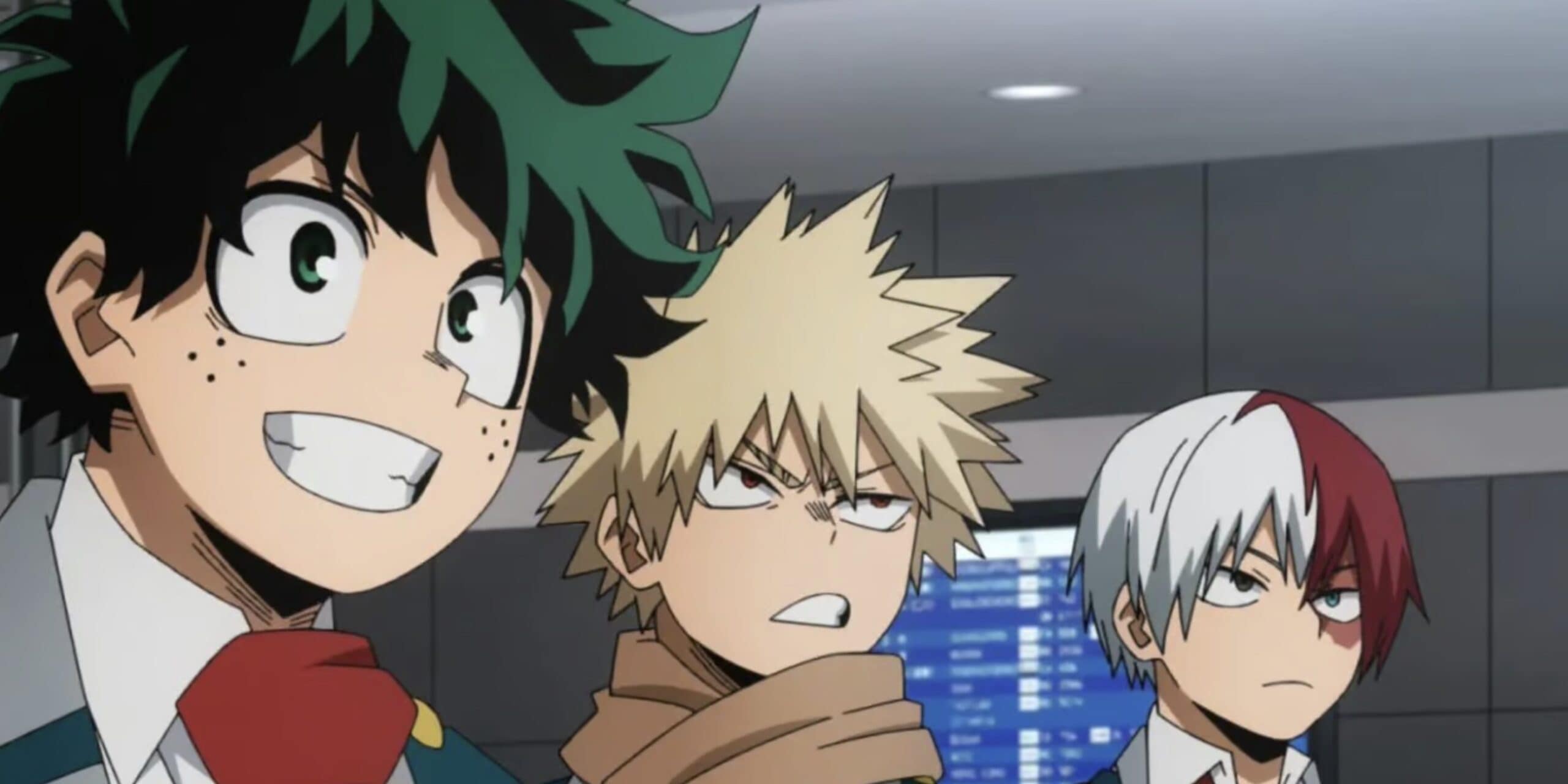
Tales with threads of dissent, rallying cries for freedom – these spark unease, feared to fan the flames of unrest. Thus, censors stamp them out preemptively, guarding the party line.
Judgments from abroad exclaim censorship, but motivations run deeper than dictatorship.
Rather, this stems from an ancient emphasis on unity and order to assure stability. Individualism disturbs this, and autonomy arguments breed potential chaos.
Worldviews collide with the rights of authority versus citizens. But stark differences need not prevent understanding.
With open ears, fans can recognize principles of social harmony and leadership and see creative dissent carries insight, not imminent danger.
They Are Concerned About The Potential Impact On Youngsters Because Of Anime
China cradles concerns that its youth, avid anime devotees, may fall fouled by foreign media’s dizzying ideas.
Leaders dread certain series, kindling rebellious urges or violent tendencies among the impressionable. Even anime’s trademark passion could, they fear, foster zealous obsessions out of sync with China’s balanced ethos.
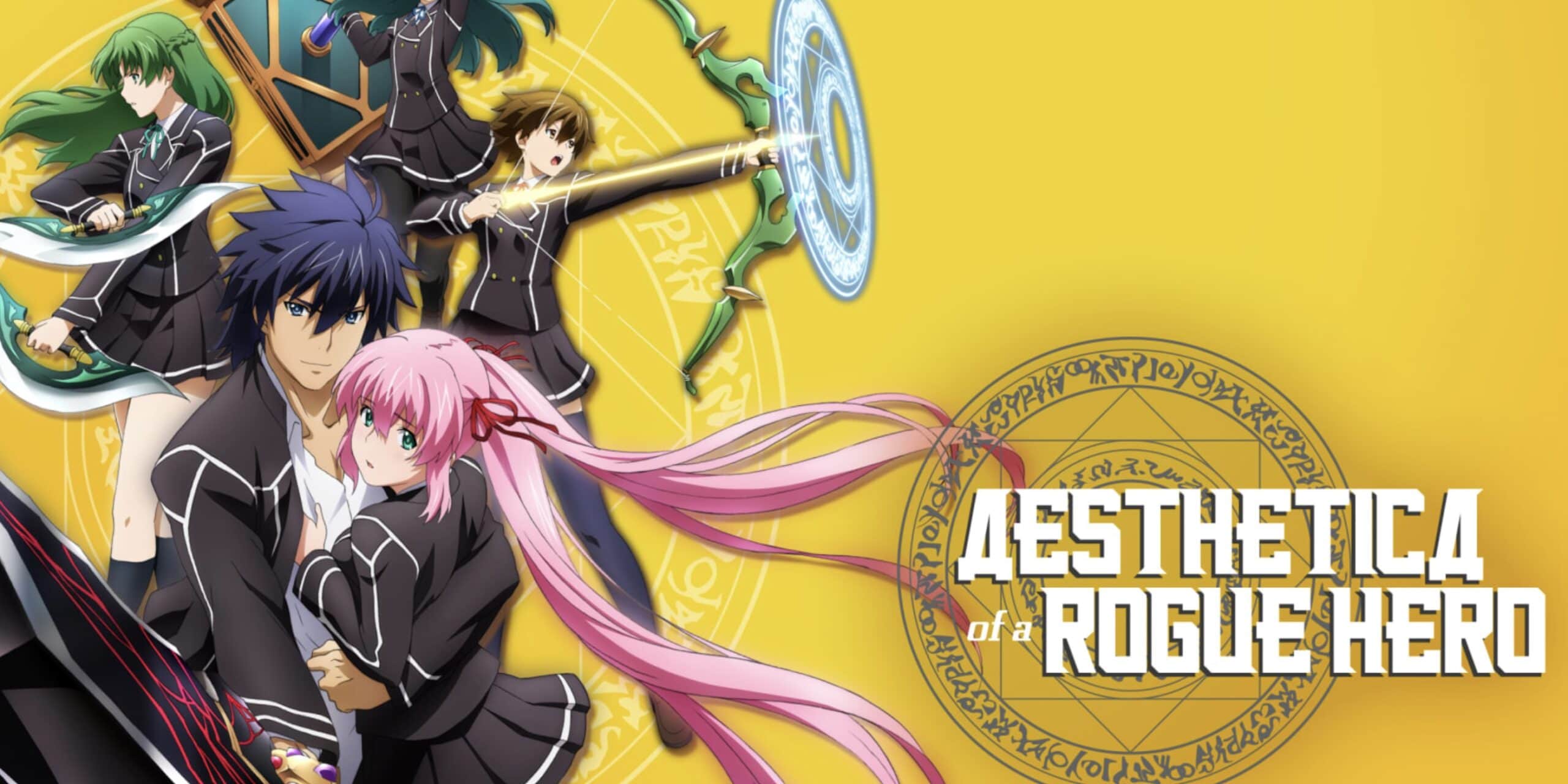
At the crux lies a perceived threat to the nation’s social fabric, the delicate weave of unity and stability so prized.
Chinese society cultivates order and self-restraint; wayward foreign notions could, in theory, tip this balance. So authorities feel compelled to filter animation’s firehose, ensuring youth aren’t warped but contribute to collective harmony.
Fans worldwide view this as heavy-handed censorship crushing creativity. Yet grasping China’s societal priorities allows room for empathy, if not agreement.
With thoughtful discourse, perhaps common ground may emerge: allowing some boundary-pushing anime to spark imagination rather than unrest and recognizing mutual hopes for the next generation’s welfare.

